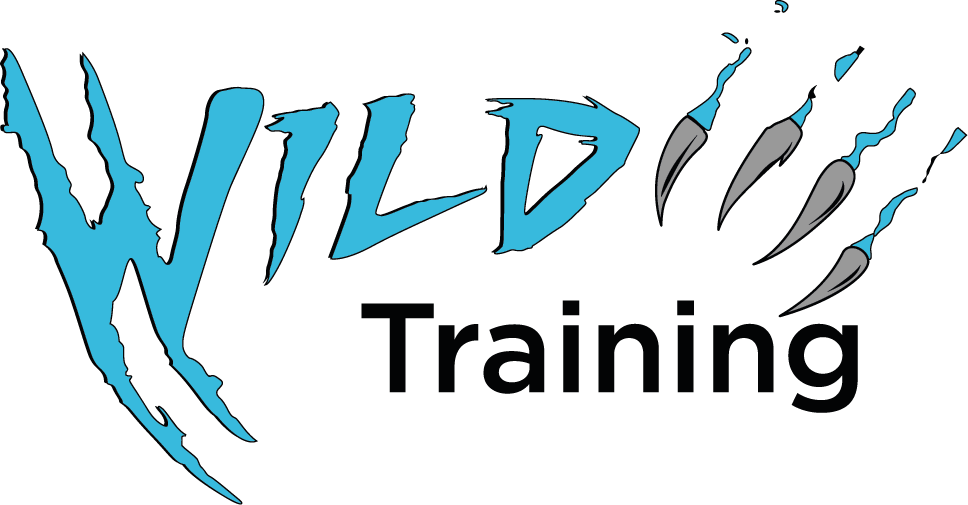Warm ups and cool downs
- Warm up
- Mobility exercises
- Cool down
- Static stretches
Warm ups
Warm ups are an important part of your work out. They reduce your risk of injury and will increase your performance massively, this means you can train harder and get better results!
The first part of your warm up should be spent doing just that, warming up, gradually increasing your heart rate and temperature. In a gym this can be done on any cardio vascular machines (treadmill, cross trainer, rower etc.) increasing the intensity gradually. When you’re outside it can be as simple as building a walk into a jog.
This part of your warm up should take at least 5 minutes and upto 10 minutes for more intense workouts. Try and make the warm as specific as possible to your training, so if you’re running in your workout, do a running warm up.
Mobility exercises
So now your warm, heart rates up, feeling ready to go, its worth spending a few minutes mobilising your joints properly. This is where people get a little confused. You’ll see some good people in the gym do their 5-10 minute warm up and then stand still and do a load of static stretches, when they lose all the benefit of doing that great warm up. If you stand still your going to cool down again so static stretches are no good at the start of your training.
Mobility exercises or dynamic stretches will help to reduce your risk of injury by mobilising your joints properly. The synovial fluid that lubricates your joints isn’t great at moving around when your not moving so by mobilising your joints before training this fluid gets into all the different parts of your joints.
A big part of your warm up is to open up your neuro-pathways, your ability to co-ordinate and fire your muscles. Mobility exercises are great for this purpose as well. Pick 3-4 mobility exercises that are as specific as possible to your training and do 10-15 repetitions of each of them.
Cool down
The cool down comes at the end of your workout and is just as important as your warm up. By gently lowering your heart rate and temperature you will increase your recovery, and if you increase your recovery you will get better results!
All the lactic acid, lymph fluid and other waste products you produce through exercise are filtered out of your muscles by your lymphatic circulation. This system doesn’t have a pump like your heart so it relies on movement to help push the fluid around your body.
If you don’t cool down these fluids get flushed out slowly making you feel fatigue and sore for longer than need be. By spending 5 minutes at the end of your training gently moving around, walking, rowing, cycling etc. you will increase your lymphatic circulation getting rid of all these waste products faster.
Static stretches
After your cool down you will feel more relaxed and still be relatively warm so this is the ideal time to work on your flexibility. After training your muscles will be tight and unless you stretch them they will get tighter and tighter. This will cause postural deviations and can eventually lead to debilitating problems.
So you need to design a stretching programme that stretches all the major muscles you use in your training and the muscles you need to develop to improve your posture. When stretching if you hold a stretch for around 15 seconds it is termed a “maintenance stretch”, these will maintain your flexibility by returning the muscle back to its pre exercise length. To increase the length of a muscle and improve your flexibility you need to hold the stretch for at least 30-45 seconds. These stretches are called “developmental stretches”.
There are many specific techniques within stretching to help make stretching more effective such as PIR stretches, RI stretches and other PNF techniques.
PIR stretch – Hold stretch for 15 seconds
Contract the muscle you’re stretching (30% max effort) for 6-8secs
Increase the stretch as you relax the contraction.
Hold for another 15 seconds
Repeat 2-3 times
RI stretch – Hold stretch for 15 seconds
Contract the opposite muscle to the one your stretching for 6-8secs
Increase the stretch as you relax the contraction
Hold for another 15 seconds
Repeat 2-3 times


